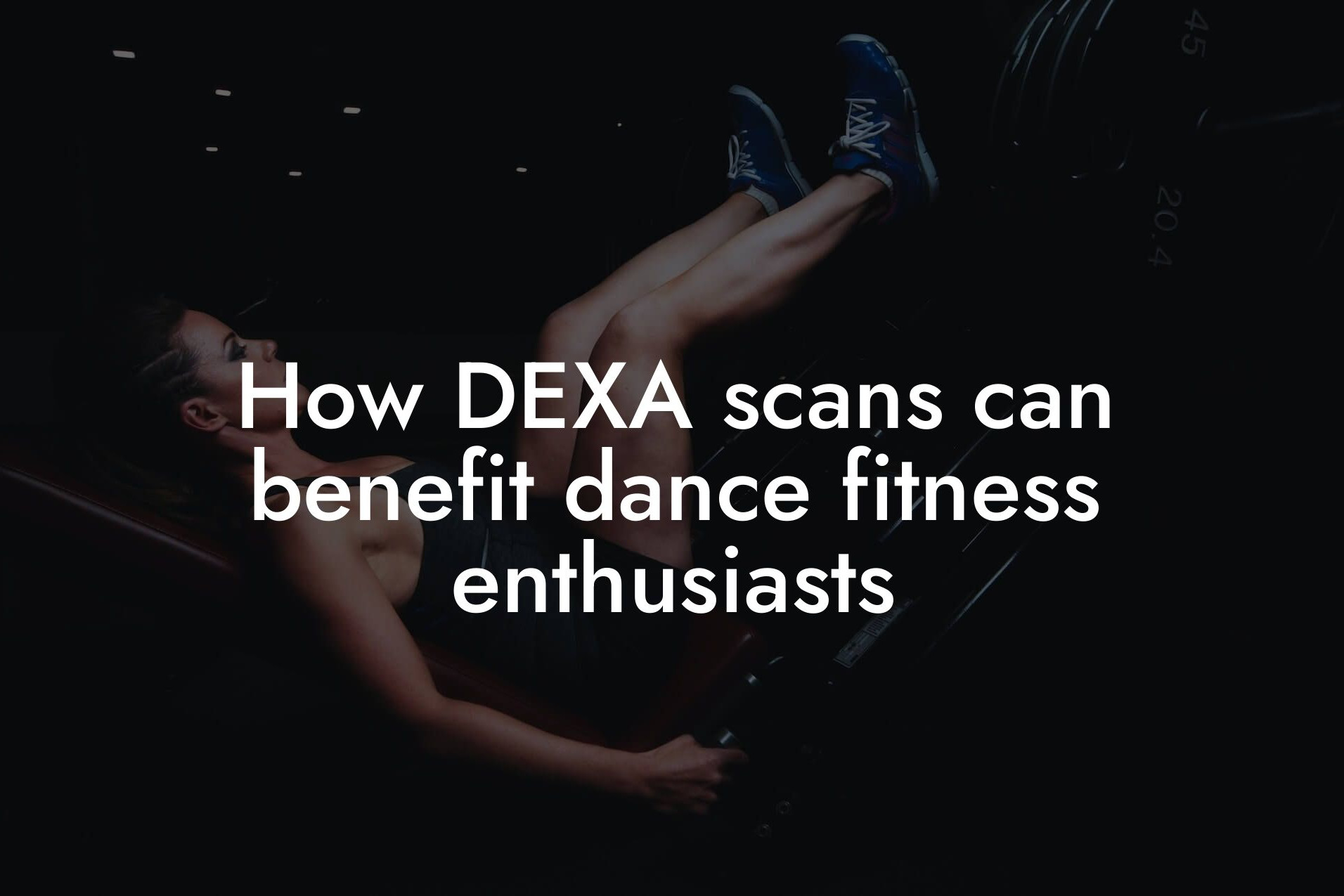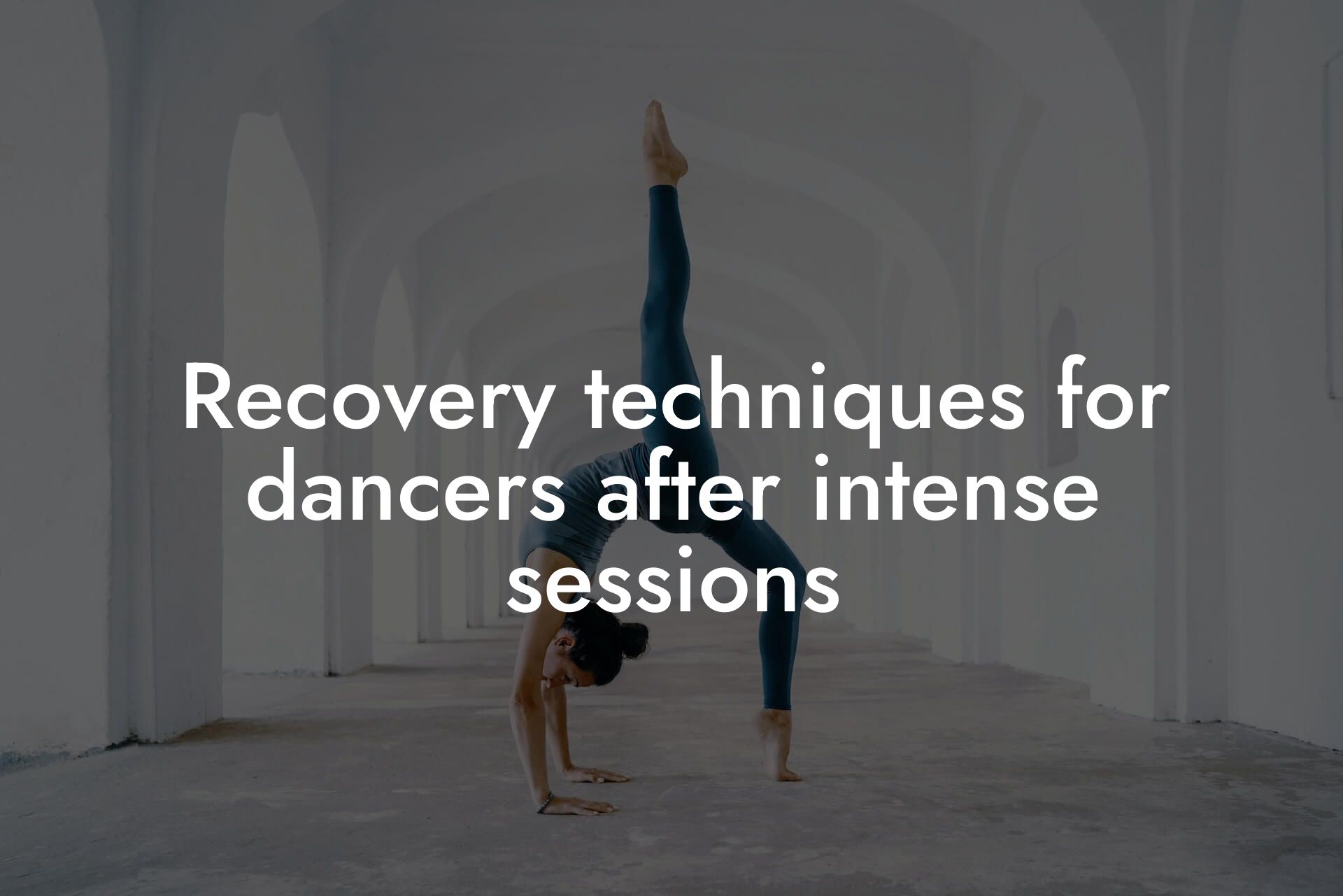As a high-earning professional, taking care of your physical appearance and overall health is crucial for maintaining a competitive edge in your industry. One often overlooked aspect of physical fitness is cardiovascular health, which is essential for optimal performance and overall well-being. In this article, we'll explore the role of dance in cardiovascular health, and how incorporating dance into your fitness routine can have a significant impact on your heart health.
Table of Contents
- The Importance of Cardiovascular Health
- The Benefits of Dance for Cardiovascular Health
- Types of Dance for Cardiovascular Health
- How to Get Started with Dance for Cardiovascular Health
- Tips for Incorporating Dance into Your Fitness Routine
- The Role of DEXA Scans in Monitoring Cardiovascular Health
- Frequently Asked Questions
The Importance of Cardiovascular Health
Cardiovascular health is critical for maintaining a healthy heart and circulatory system. Regular exercise, including dance, can help strengthen the heart and lungs, improving cardiovascular function and reducing the risk of heart disease. Cardiovascular disease is a leading cause of death worldwide, making it essential to prioritize heart health through regular exercise and a balanced diet.
The Benefits of Dance for Cardiovascular Health
Dance is an excellent way to improve cardiovascular health, offering numerous benefits for the heart and circulatory system. Some of the benefits of dance for cardiovascular health include:
• Improved cardiovascular function: Dance can help strengthen the heart and lungs, improving cardiovascular function and reducing the risk of heart disease.
• Increased aerobic capacity: Dance can help increase aerobic capacity, allowing the body to transport oxygen more efficiently and improving overall fitness.
• Weight management: Dance can help with weight management, reducing the risk of obesity and related health problems.
• Improved flexibility and mobility: Dance can help improve flexibility and mobility, reducing the risk of injury and improving overall physical function.
Types of Dance for Cardiovascular Health
There are numerous types of dance that can benefit cardiovascular health, including:
• Aerobic dance: High-energy dance styles like Zumba and hip hop can provide an excellent cardiovascular workout, improving cardiovascular function and burning calories.
• Ballet: Ballet can help improve flexibility, balance, and coordination, while also providing a low-impact cardiovascular workout.
• Contemporary dance: Contemporary dance can help improve cardiovascular function, while also providing a full-body workout and improving flexibility and mobility.
• Ballroom dance: Ballroom dance styles like waltz and tango can provide a low-impact cardiovascular workout, while also improving coordination and balance.
How to Get Started with Dance for Cardiovascular Health
If you're new to dance, getting started can seem intimidating. However, with a few simple steps, you can begin incorporating dance into your fitness routine and improving your cardiovascular health:
• Find a dance style you enjoy: Experiment with different dance styles to find one that you enjoy and feel comfortable with.
• Find a dance class or instructor: Look for local dance classes or instructors who can provide guidance and support as you get started.
• Start slow: Begin with short, gentle dance sessions and gradually increase intensity and duration as you become more comfortable.
• Make it fun: Remember to have fun and enjoy the process of learning and improving your dance skills.
Tips for Incorporating Dance into Your Fitness Routine
Incorporating dance into your fitness routine can be challenging, especially if you're new to dance. Here are a few tips to help you get started:
• Schedule it in: Treat dance classes as non-negotiable appointments and schedule them into your daily routine.
• Find a dance buddy: Having a dance buddy can help keep you motivated and accountable.
• Mix it up: Vary your dance routine to avoid boredom and prevent plateaus.
• Focus on technique: Focus on proper technique and form to get the most out of your dance workout and reduce the risk of injury.
The Role of DEXA Scans in Monitoring Cardiovascular Health
At Tano Performance Group, we understand the importance of monitoring cardiovascular health through regular body assessments. Our DEXA machine provides a comprehensive body assessment, including measurements of body fat, bone density, and lean muscle mass. By tracking these metrics, you can monitor the effectiveness of your dance routine and make adjustments as needed to optimize your cardiovascular health.
In conclusion, dance is an excellent way to improve cardiovascular health, offering numerous benefits for the heart and circulatory system. By incorporating dance into your fitness routine, you can improve cardiovascular function, increase aerobic capacity, and reduce the risk of heart disease. Remember to find a dance style you enjoy, start slow, and make it fun. With regular dance practice and monitoring through DEXA scans, you can take your cardiovascular health to the next level and maintain a competitive edge in your industry.
At Tano Performance Group, we're committed to helping high-earning professionals like you achieve optimal physical performance and overall well-being. Contact us today to learn more about our DEXA machine and how it can help you monitor and improve your cardiovascular health.
Frequently Asked Questions
What is the connection between dance and cardiovascular health?
Dance has been shown to have a significant impact on cardiovascular health by improving heart function, reducing blood pressure, and increasing overall physical fitness. Regular dance exercise can help strengthen the heart and lungs, improving the body's ability to transport oxygen and nutrients to the muscles.
Can dance really help lower blood pressure?
Yes, dance has been proven to be an effective way to lower blood pressure in individuals with hypertension. The aerobic exercise involved in dance helps to improve blood flow and reduce blood pressure, reducing the risk of heart disease and stroke.
How does dance improve cardiovascular health in older adults?
Dance is particularly beneficial for older adults as it helps to improve balance, flexibility, and coordination, reducing the risk of falls and injuries. Additionally, dance can help to improve cardiovascular health by reducing blood pressure, improving circulation, and increasing overall physical fitness.
What types of dance are most beneficial for cardiovascular health?
All types of dance can be beneficial for cardiovascular health, but high-energy styles such as hip hop, salsa, and swing dance are particularly effective. These styles require quick movements, rapid heart rate, and sustained energy, making them ideal for improving cardiovascular fitness.
Do I need to be a good dancer to reap the cardiovascular benefits?
No, you don't need to be a good dancer to reap the cardiovascular benefits of dance. The most important thing is to get moving and have fun. As you dance, you'll improve your cardiovascular health, regardless of your skill level.
Can dance be adapted for individuals with mobility issues?
Yes, dance can be adapted for individuals with mobility issues. Many dance styles, such as chair dance or seated dance, can be modified to accommodate individuals with mobility limitations. Additionally, many dance classes offer modifications for individuals with injuries or disabilities.
How often should I dance to see cardiovascular benefits?
The American Heart Association recommends at least 150 minutes of moderate-intensity aerobic exercise, such as dance, per week. However, even small amounts of dance exercise, such as 10-15 minutes per day, can have significant cardiovascular benefits.
Can dance be used as a form of rehabilitation for individuals with cardiovascular disease?
Yes, dance can be used as a form of rehabilitation for individuals with cardiovascular disease. Many hospitals and rehabilitation centers offer dance-based exercise programs specifically designed for individuals with cardiovascular disease.
How does dance compare to other forms of exercise for cardiovascular health?
Dance is a unique form of exercise that combines physical movement with mental and emotional stimulation. While other forms of exercise, such as running or cycling, may be effective for cardiovascular health, dance offers a more holistic approach that can improve overall well-being.
Can dance be used to improve mental health in addition to cardiovascular health?
Yes, dance has been shown to have a positive impact on mental health by reducing stress, anxiety, and depression. The social interaction, self-expression, and sense of accomplishment that come with dance can all contribute to improved mental well-being.
How does dance affect bone density?
Dance can help improve bone density by strengthening the muscles and bones through weight-bearing exercise. This is particularly important for older adults, as improved bone density can reduce the risk of osteoporosis and fractures.
Can dance be used to improve body composition?
Yes, dance can be an effective way to improve body composition by burning calories, building muscle, and increasing metabolism. Additionally, dance can help improve overall physical fitness, leading to a more toned and lean physique.
How does dance affect my physique?
Dance can help improve physique by toning and strengthening the muscles, improving posture, and increasing flexibility. Regular dance exercise can also help burn fat and build lean muscle mass, leading to a more toned and athletic physique.
Can dance be used to improve overall physical fitness?
Yes, dance can be an effective way to improve overall physical fitness by increasing cardiovascular endurance, strengthening muscles, and improving flexibility and coordination. Regular dance exercise can also help improve balance, agility, and overall physical function.
How does dance affect my body fat percentage?
Dance can help reduce body fat percentage by burning calories, building muscle, and increasing metabolism. Regular dance exercise can also help improve insulin sensitivity, reducing the risk of obesity and related health problems.
Can dance be used to improve athletic performance?
Yes, dance can be an effective way to improve athletic performance by increasing speed, agility, and coordination. Many professional athletes incorporate dance into their training regimens to improve overall physical fitness and performance.
How does dance affect my bone health?
Dance can help improve bone health by strengthening the bones and muscles through weight-bearing exercise. This is particularly important for older adults, as improved bone health can reduce the risk of osteoporosis and fractures.
Can dance be used to improve flexibility and range of motion?
Yes, dance can be an effective way to improve flexibility and range of motion by increasing joint mobility and reducing stiffness. Regular dance exercise can also help improve balance and coordination, reducing the risk of injury.
How does dance affect my mental well-being?
Dance has been shown to have a positive impact on mental well-being by reducing stress, anxiety, and depression. The social interaction, self-expression, and sense of accomplishment that come with dance can all contribute to improved mental health.
Can dance be used as a form of stress relief?
Yes, dance can be an effective way to relieve stress and anxiety by releasing endorphins, also known as "feel-good" hormones. The physical movement and mental distraction of dance can help reduce stress and improve overall mood.
How does dance affect my sleep quality?
Regular dance exercise can help improve sleep quality by reducing stress and anxiety, improving physical fitness, and increasing feelings of relaxation and calm. This can lead to better sleep quality, duration, and overall restfulness.
Can dance be used to improve overall health and wellness?
Yes, dance can be an effective way to improve overall health and wellness by improving cardiovascular health, reducing stress and anxiety, and increasing physical fitness. Regular dance exercise can also help improve mental well-being, leading to a better overall quality of life.
Here are some related articles you might love...
- Nutrition tips for sustained energy in dance classes
- How DEXA scans can benefit dance fitness enthusiasts
- Recovery techniques for dancers after intense sessions
- Bone density and its role in dance performance
- The impact of body composition on dance fitness performance
- Balancing strength, flexibility, and grace in dance fitness
- Reducing body fat for improved flexibility and agility in dance
- Maintaining muscle tone and endurance in dance fitness
- Strength training tips to complement your dance fitness routine
Zak Faulkner
Zak Faulkner is a leading authority in the realm of physical health and body composition analysis, with over 15 years of experience helping professionals optimise their fitness and well-being. As one the experts behind Tano Performance Group, Zak has dedicated his career to providing in-depth, science-backed insights that empower clients to elevate their physical performance and overall health.
With extensive knowledge of DEXA technology, Zak specializes in delivering comprehensive body assessments that offer precise data on body fat, muscle mass, bone density, and overall physique. His expertise enables individuals to make informed decisions and achieve their fitness goals with accuracy and confidence. Zak’s approach is rooted in a deep understanding of human physiology, combined with a passion for helping clients unlock their full potential through personalised strategies.
Over the years, Zak has earned a reputation for his commitment to excellence, precision, and client-focused service. His guidance is trusted by top professionals who demand the best when it comes to their health. Whether advising on fitness programs, nutritional strategies, or long-term wellness plans, Zak Faulkner’s insights are a valuable resource for anyone serious about taking their health and fitness to the next level.
At Tano Performance Group, Zak continues to lead our Content Team revolutionising how professionals approach their physical health, offering unparalleled expertise that drives real results.




